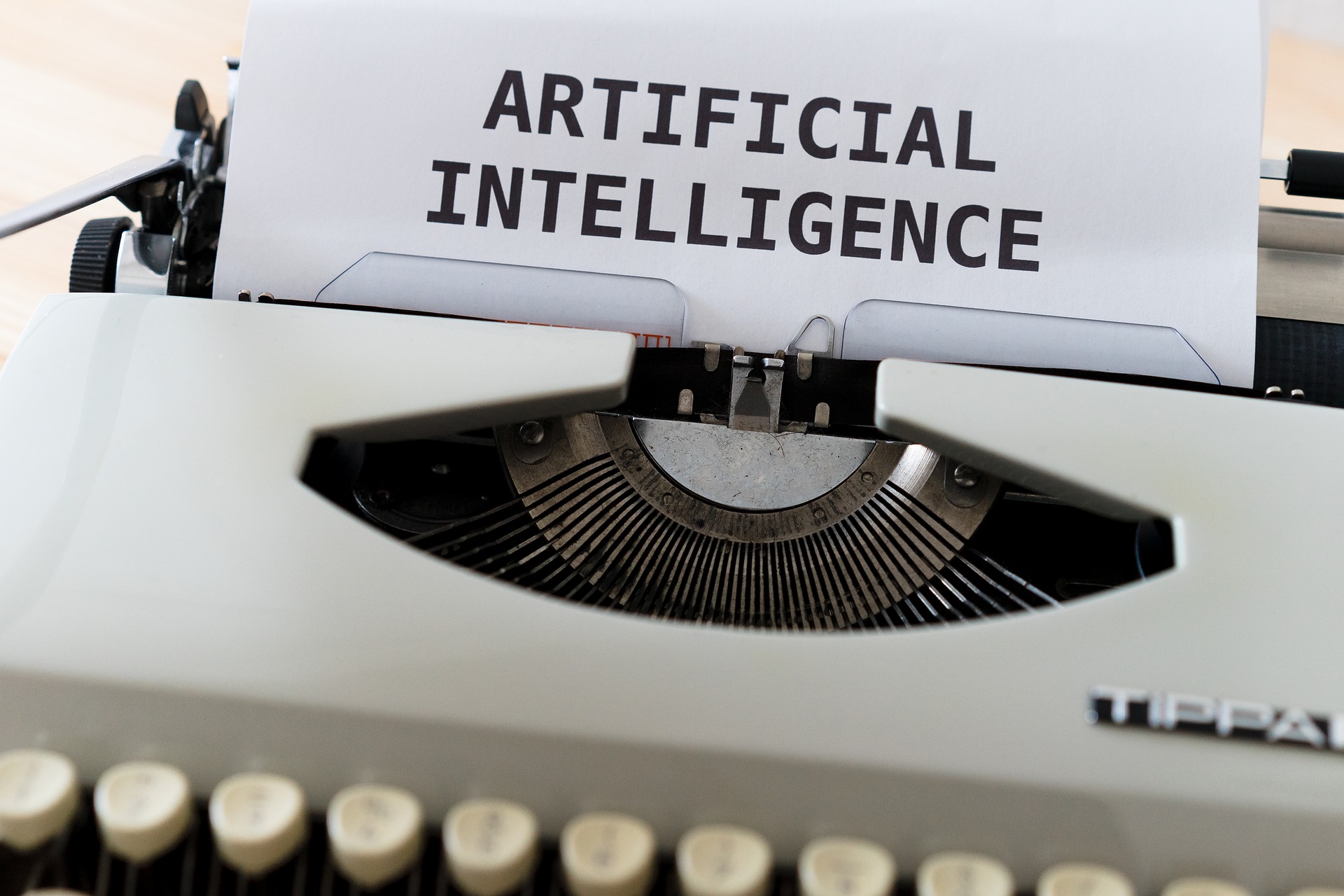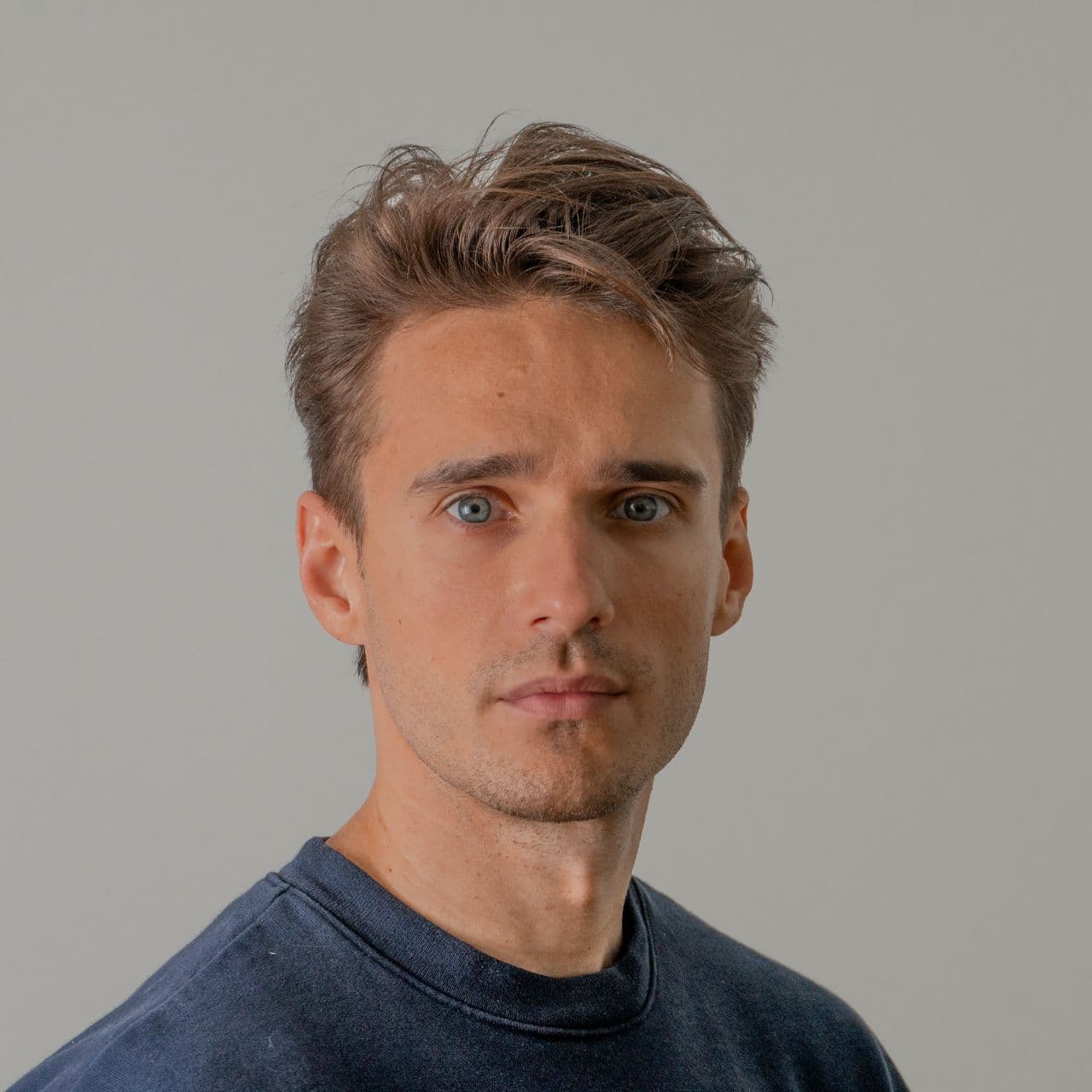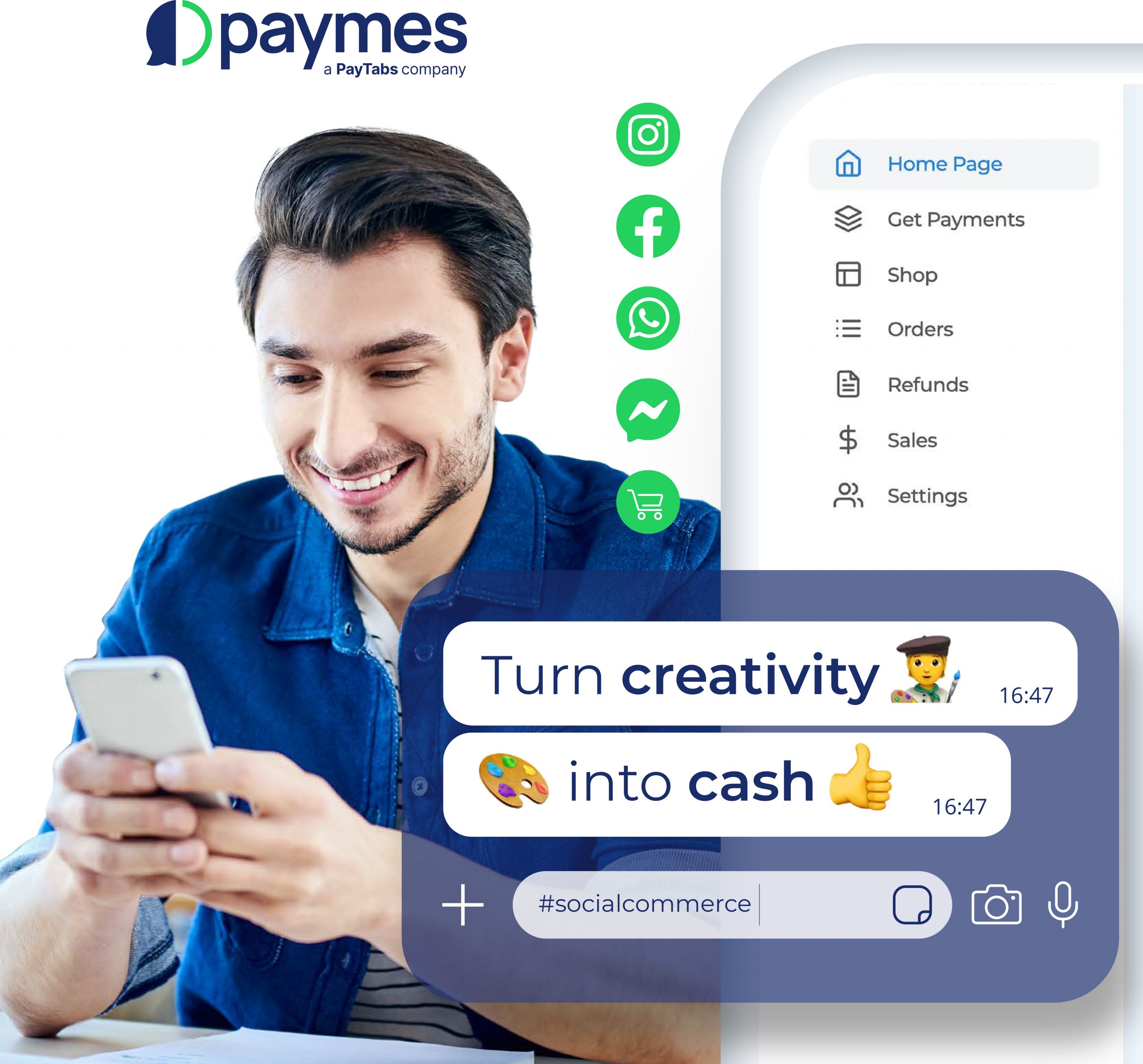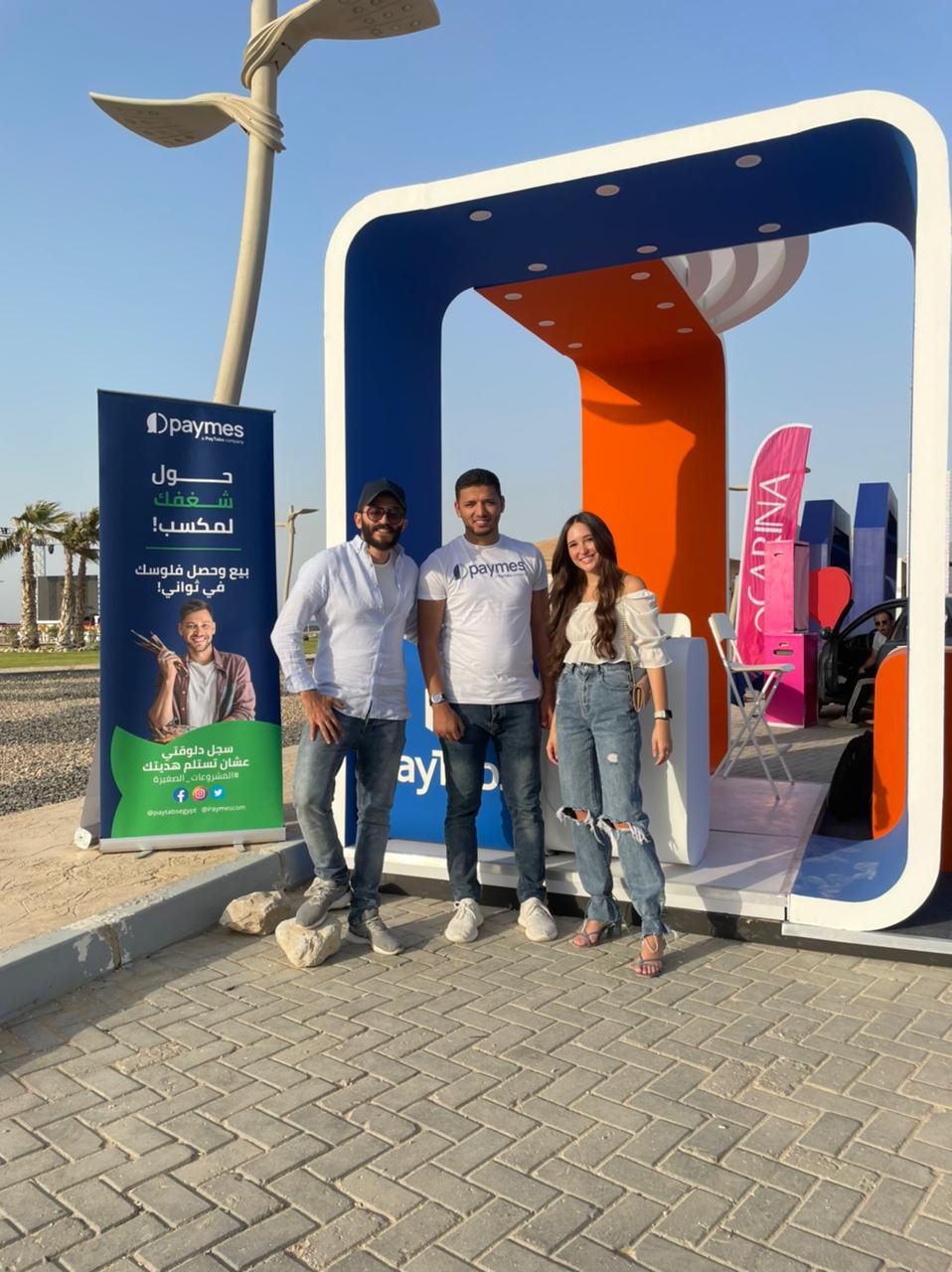Paymes: Social Commerce Made Easy!
PayTabs has introduced a revolutionary way for freelancers and independent sellers to get paid for the work that they do. Introducing Paymes, a social commerce platform launching across the MENA region.
A PayTabs company, Paymes has become an important staple in the gig economy as it helps freelancers and micro merchants:
- Receive instant payments over social media platforms
- Provide quick services to consumers
- Turn talent and ideas into profit, AND
- Help kickstart your business
So, what’s all the hype behind Paymes? We’ll show you!
About Paymes
“PayTabs saw that many entrepreneurs and freelancers were struggling to receive payment for their hard work,” says Joe Alvarez, a project manager at Paper Fellows and State of writing. “They saw that making a living on your terms was what made the world go round. Paymes is a global payment platform that lets people and businesses – including startups – receive payments and conduct electronic commerce. This takes the guesswork out of setting up payments, figuring out budgeting requirements, or even knowing much about commerce.
Who Paymes Is For
As mentioned, the gig economy will greatly benefit from this unique social commerce tool. In fact, Paymes is ideal for the following gig businesses and gurus:
- Freelancers
- Small and micro business owners
The Benefits
Believe it or not, Paymes comes with great benefits. Here are some, just to name a few!
- Sell more, and get paid instantly
- Have peace of mind through a single, secure platform
- Build your online store, and sell your products and or services on the go
- Get paid via Link or QR
- No need for time-consuming forms or documents – paperless is the way to go!
Product
With Paymes, you have access to various products. Such products include:
- Payments made when users click on a link (created and shared by you)
- Payments made when users scan a QR code (that you create and launch)
- Payments made in-store
- A micro eCommerce site
- A Paymes card, AND
- Marketplace
As you can see, Paymes is there for you, as you offer your products or services, and receive payments instantly.
Creating Your Shop With Paymes
Paymes is free to set up. During setup, you can:
- Add inventory, including:
- Products/services
- Description, AND
- Pricing
- Brand your store
- Enable shoppers to add their favorite products from store to cart
- Enable shoppers to complete delivery details
- Create a secure checkout, etc.
Getting Paid With A Created Link
Now that shoppers are satisfied with their shopping experience, they want to buy now. That’s why it’s important to give them a secure checkout. You can share a secure payment link over nine different social media platforms including Facebook and Instagram.
With a created link, you can upload the following:
- Photos of the product or service that the shopper wants to purchase
- Description of said product or service, AND
- The pricing
Once you share the payment link with the buyer, you’ll receive payment once the buyer enters their credit card information.
Getting Paid With A QR Code
“Nowadays, QR codes have made it easier for people to access a website on the go, without having to stop and type in a link,” says Edgar Winston, a business writer at Boomessays and UK Writings. “With Paymes, freelancers can accept contactless payments with a static QR code. This allows for smoother transactions, as customers tend to want quick service. All you have to do is fill out your product details, update your QR code, download it, and then share it with your customers.”
Conclusion
Ultimately, Paymes is your go-to Commerce tool. Want to build and run your business the right way? Then check out Paymes, and let your entrepreneurship and other business endeavors take off!
 Sara Sparrow
Sara SparrowSara Sparrow is a writer and editor at Write my essay and Case study writing service. She is also a contributing writer at OX Essays. As a content writer, she writes articles about marketing, freelancing, and coding.
Popular eCommerce Payment Methods that are Revolutionizing Transactions Worldwide

Up until the 18th century, people used the bartering system to pay for goods and services. Fast forward a couple of centuries, and today, anyone can roam the world without so much as a wallet on themselves. Buying any product and paying for it has become extremely easy, thanks to countless eCommerce stores and the wide variety of payment methods available. So, if you are running an eCommerce company and wish to offer simple and smart offline and online payment methods to make shopping enjoyable for your customers, this article is for you.
Here is a look at some of the popular payment methods used in eCommerce. You can adopt some or all based on your requirement.
Cash
This is the original payment method and the only one that was used for a long time before credit cards, debit cards, and online payments took over. It is one of the simplest payment methods unless someone needs to hunt for change. Offline payment methods like cash might be slowly losing their monopoly but are still extremely helpful in developing nations where digital payment systems have not become mainstream. A customer can simply order something from your eCommerce store and pay for it in cash after delivery. This is especially a great option for those customers who are not too tech-savvy or confident about making payments online.
Credit Card
Credit cards are one of the most popular types of payment methods used in the eCommerce industry for both customers as well as business owners like you. Credit cards are safe to use and very secure, ensuring that only the holder can use them for any transactions. The card number, card holder’s information, and CVV numbers provide three layers of protection and can help your business in detecting fraud as well.
With advancements in technology, just a swipe or tap of the credit card allows the user to pay for anything they want at an offline store. And online, they just need to enter a few details like card number, name, CVV etc. to carry out the transaction. Apart from their ease of use and convenience, credit cards provide a lot of benefits to users as well. They often give discounts or cashback for every purchase and have reward points to encourage people to spend more, and it helps improve the credit score of an individual or a business as well.
Debit Card
Debit cards are the second most preferred payment method after credit cards. This is mostly because a debit card allows users to spend only that much money that is available in their account and that money is also debited instantly. Unlike credit cards, where users often have a limit higher than their actual pay, and they need to pay for it after the billing period. Some credit cards also provide an EMI option to pay their dues, which a debit card can’t provide. However, many people continue to use a debit card as their primary mode of payment wherever they go. Which means, enabling your business to accept both debit and credit card payments is a wise move.
Bank Transfer
Direct bank transfers are also a popular payment method, especially if you are a new age eCommerce company that ships worldwide but don’t have a robust and international payment setup yet. In case of bank transfer, users need to fill in the account details for whom they want to pay and then confirm the transaction from their own bank account, limiting the chance of false authorization.
But while the transfer method is safe, there are a lot of scammers around the world who try to dupe customers by providing false account details, so that they receive the payment in their account rather than the business. Bank transfers can also take a lot of time and are dependent on how the banks are performing. So, if a customer sends you money on a bank holiday, it might not get processed that same day.
App Payments
This is perhaps one of the fastest-growing online payment methods across the world. App payments and digital wallets like Apple Pay, Samsung Pay, Google Pay and more have become popular, thanks to their convenience and ease of use. So, it makes sense for your business to have such options. With these apps, users don’t need to carry cash, cards, cheque books, or even their wallet. They can just use their smartphone to pay for any product or service, be it in-store, online, or offline.
Payment interfaces like UPI make it easier for everyone to pay for a product. All they need to do is scan a QR code, enter someone’s mobile number or VPA ID, and it’s done. In fact, several eCommerce companies have realized the benefits of app payments and have started providing their own payment service to users free of cost. You can follow suit too.
Cheques
Even though cheques are rarely used for making simple eCommerce transactions, it is still a viable offline payment method. It is especially helpful if yours is a business that has merchant accounts that generally rely on cheques for offline transactions. But you need to make your business ready to accept electronic cheques or E-cheques as well.
Wrapping Up
In today’s age, customers are spoiled for choices when it comes to payment. They are no longer dependent on cash transactions and hope that an e-store can provide them with multiple payment modes.
So, now, as an eCommerce store, you need to keep an eye on multiple payment sources to have clear visibility of how your business is performing. Managing the flow of money efficiently is important as your customers are paying in cash or via credit cards, debit cards digital wallets, cryptocurrencies, e-cheque or other payment methods.
This is the reason why a payment gateway solution like PayTabs can come to your rescue. It can not only help you accept payments via different modes safely, quickly and effectively, but also keep track of every transaction, no matter which payment method is used. PayTabs is an easy to use, convenient, and secure payment gateway that allows your customers to pay for your products in various methods and helps you monitor your finances easily.
5 Parts Of Your Freelancing Business That Are AI-Ready
When you think of artificial intelligence, you’ll think of huge companies using it to manage large warehouses and thousands of customers. If you’re a smaller enterprise though – say, a freelancer-type company – you’ll still have several areas of your business that are ready and waiting for AI. That might seem outlandish, but it’s true!
Yes, even the most novice freelancer can benefit from the wonders of AI. From cybersecurity to customer support to researching and offering personalized service, AI is right for any freelancer. With that said, here’s just some parts of your business that can benefit from AI, and help you get more from them:
1 – Cybersecurity
You very likely conduct a lot, if not all, of your business online. That means that customers have to trust you with a lot of their personal info, including their banking details. You need to be able to assure them that you’ll keep them safe, and that includes using several technologies to encrypt them.
AI is improving this process, by helping you secure your online business. A good machine learning AI can see patterns that lead to a cyber-attack before you can, so it can start putting countermeasures in place. It’ll also go through the data to find the source. Once it knows the source, it can defend against it. It essentially acts as an extra security guard, helping keep you and your customers safe.
2 – Customer Support And Experience
When you think of customer support, you’ll think of a human team ready and waiting at the end of a phone to help support your customers. Of course, there’s a lot that has to be done by humans here, but you can lighten the load using AI.
Fortunately, for freelancers, there are online payment or store systems like Paymes that can help you connect and do business with clients. You can give your clients the option to submit their payments either through a special link (that you create) or through a QR code. And, if your clients prefer to pay through their social media, then they can, since Paymes is a verified social media payments partner. With more security and less paperwork, payments are easy for both you and your clients. It helps retain customers and bring in more sales, which is perfect for you as a small business owner. It’s the perfect online tool for freelancer companies.
3 – Personal Assistants
Yes, you can use AI as a personal assistant. “That’s something that you can put to use even if you’re a very small or new company, and aren’t able to hire a human assistant” says Jason McDowell, a tech blogger at Write My X and 1 Day 2 Write. “These AIs will be able to do things like manage your calendar, reply to emails, and other regular tasks.”
These are tasks that are important, but routine. They take up a lot of time and as a business owner, that’s something that you just don’t have a lot of. That’s why an AI personal assistant is something that more people are taking advantage of.
4 – Data Research
As a business owner, you want to be reaching your audience where they are, when they need you the most. In the past, to ensure you’re doing that you’d have to do hours of data research, trying to understand your customer and where they’re coming from.
Now though, you can use AIs to do this for you. They will be able process huge amounts of data in a short amount of time, ensuring that you don’t have to. It saves time too, so you’ll be able to address trends in the market as and when they happen.
5 – Personalization
This is something that you’ll want to look into, especially as a small business owner. “When your customer feels as though you understand them, they’ll be more likely to be loyal to your brand” says technical writer Harriet Inglesford, from Origin Writings and Brit Student. “You can offer personalization in so many different ways.” That can be by adding their name to emails you send out, to giving them personalized recommendations when they visit your site.
This is something that can be achieved with the right AI. For example, you’ll see Netflix do this by monitoring the past shows that a user has watched, and use that information to recommend similar shows that the user may want. That inspires them to keep watching and using the service, as it can give them the content they want.

Wrapping Up
As you can see, there are lots of ways in which AI can help your business. These areas of your business can greatly benefit from AI, so now’s the time to look into it and see how it can help you.
And, don’t forget: If you need a solution for selling and for collecting your fees and payments instantly, then Paymes is your go-to solution for ensuring that you have a great business experience as a freelancer!
 George J. Newton
George J. NewtonGeorge J. Newton is a tech writer with Academic Brits and Dissertation Writing Service, where he covers advances in tech and business. He also writes for Next Coursework .









